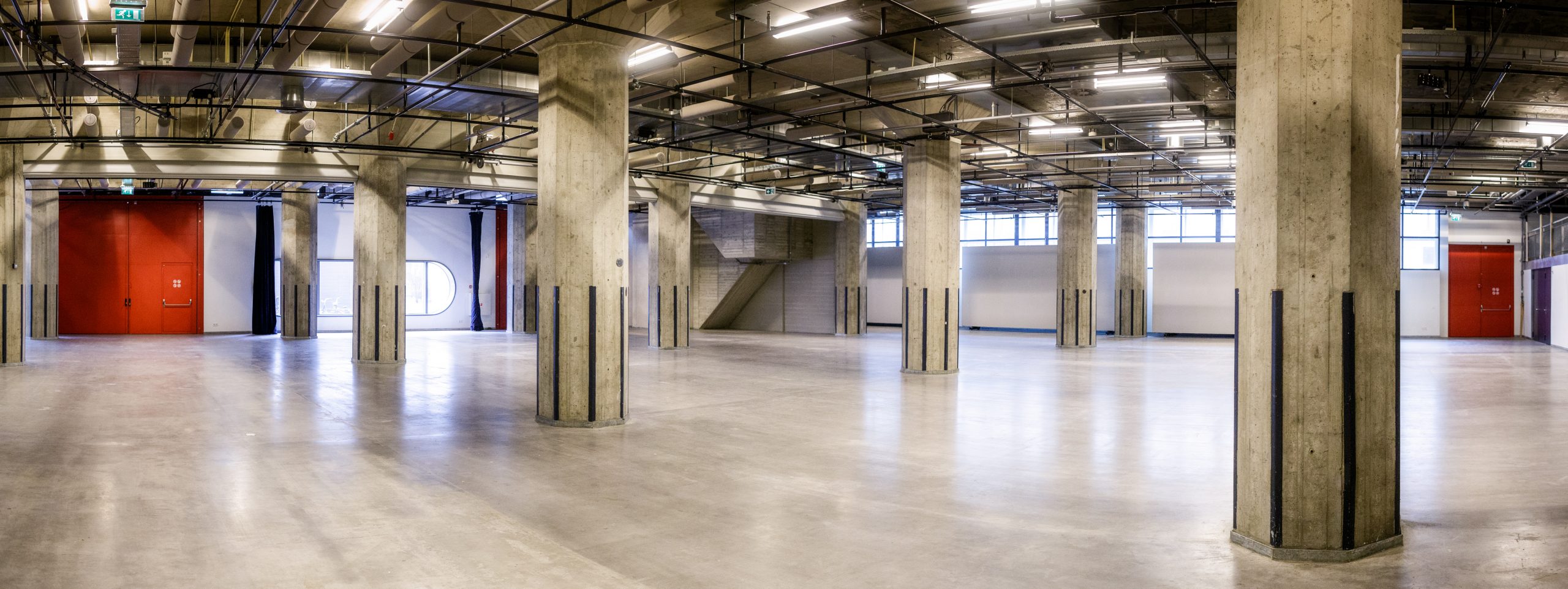
The Gallery of Honor of Dutch photography will open here on 21 January. Photography: Fred Ernst
Nederlands Fotomuseum opens Gallery of Honour of Dutch Photography
During Rotterdam Art Week the Gallery of Honor of Dutch photography will open.
100 photos are shown and the images all have iconic value, due to their social and artistic significance. Together they tell the story of photography in the Netherlands, from its beginnings to the present day (1841-2021): the highlights, innovations, and great steps photographers made, from the invention of the photograph to the developments of the early 21st century. A hall of 2,000 m2 has been added to the museum especially for the Gallery of Honour. Each photograph is presented with information on its background, the reason for its inclusion, and details on what makes the image so extraordinary.
The photographs and photographers which have been granted a place in the Gallery of Honour of Dutch Photography are to be announced at the opening in January 2021. You will of course read that at the end of January, in a subsequent article here on the website.
Birgit Donker, director of the Nederlands Fotomuseum:
‘The Gallery of Honour of Dutch Photography is an ode to photography in the Netherlands and to the many photographers who – through their innovative insight – have made this medium what it is today. Photography has undergone a radical development both in technology and social function. The photographs here tell many stories, at the same time showing how there are many different perspectives. I’m certain the public will love these iconic images. This exhibition confirms the significance of the Nederlands Fotomuseum as a national museum with international appeal, firmly anchored in Rotterdam.’

Enormous photography developments; from daguerreotypes to digital
The photographs in the Gallery of Honour come from various collections: firstly, from the rich collection of the Nederlands Fotomuseum itself, but there are also important loans from the Rijksmuseum, Museum Boijmans van Beuningen, Amsterdam Museum, Amsterdam City Archives, and the private collections of photographers or their descendants. The gallery begins with the earliest examples of photographic images, the so-called daguerreotypes, and goes on to showcase the work of dozens of photographers who pushed the boundaries of photography, crossing from black and white to colour, and then on to the digital age.
Assignment
The selection of photographs in the Gallery of Honour was made by a committee consisting of five members: Frits Gierstberg, curator Nederlands Fotomuseum (chair), Khalid Amakran, photographer, Mattie Boom, photography curator, Rijksmuseum, Loes van Harrevelt, curator, Nederlands Fotomuseum Collections, Kevin Osepa, photographer, secretary: Guinevere Ras, junior curator and diversity and inclusion specialist.
Birgit Donker, director of the Nederlands Fotomuseum, gave them the following assignment: to select photographs which together would offer an overview of Dutch photography between 1841 and 2021. The committee’s selection criteria would be based on a work’s artistic and social relevance, innovation, and diversity of perspective.
Selection from many thousands of photographs
Particular attention was paid to photographs which played – and play – a meaningful role in the development of Dutch photography. The committee was also asked to come up with an overview that would be accessible to a wide audience but also surprising for aficionados, that would be chronologically distributed as evenly as possible, that would be inclusive with different perspectives, and that would mainly, but not exclusively, come from the collection of the Nederlands Fotomuseum. The committee met five times over a period of several months to make the selection from many thousands of photographs.
99 + 1
The Gallery of Honour consists of 100 iconic works, which includes one empty frame. That blank space symbolizes the photograph which – consciously or unconsciously – was discarded or overlooked or unknown or not (yet) appreciated. The public are therefore invited to suggest the ‘unknown photograph’ themselves, a discussion that the Gallery of Honour welcomes. Based on the ‘unknown photograph’, the Nederlands Fotomuseum is also developing a programme with lectures and debates on ‘blank spots’ in the history of photography, new perspectives and diverse opinions.
Magazine
Rotterdam Art Week 2022 Review
retrospect Rotterdam Art Week 2022
...
Read more

Sculpture Park: New part of Art Rotterdam emphasizes ties with the city
Rotterdam has an internationally unique collection of more than 50 large public works of art...
Read more

#ASK: Marten van Middelkoop & Joost Dingemans from Plasticiet
Plastic has a reputation problem, in part because many people tend to think of organic...
Read more
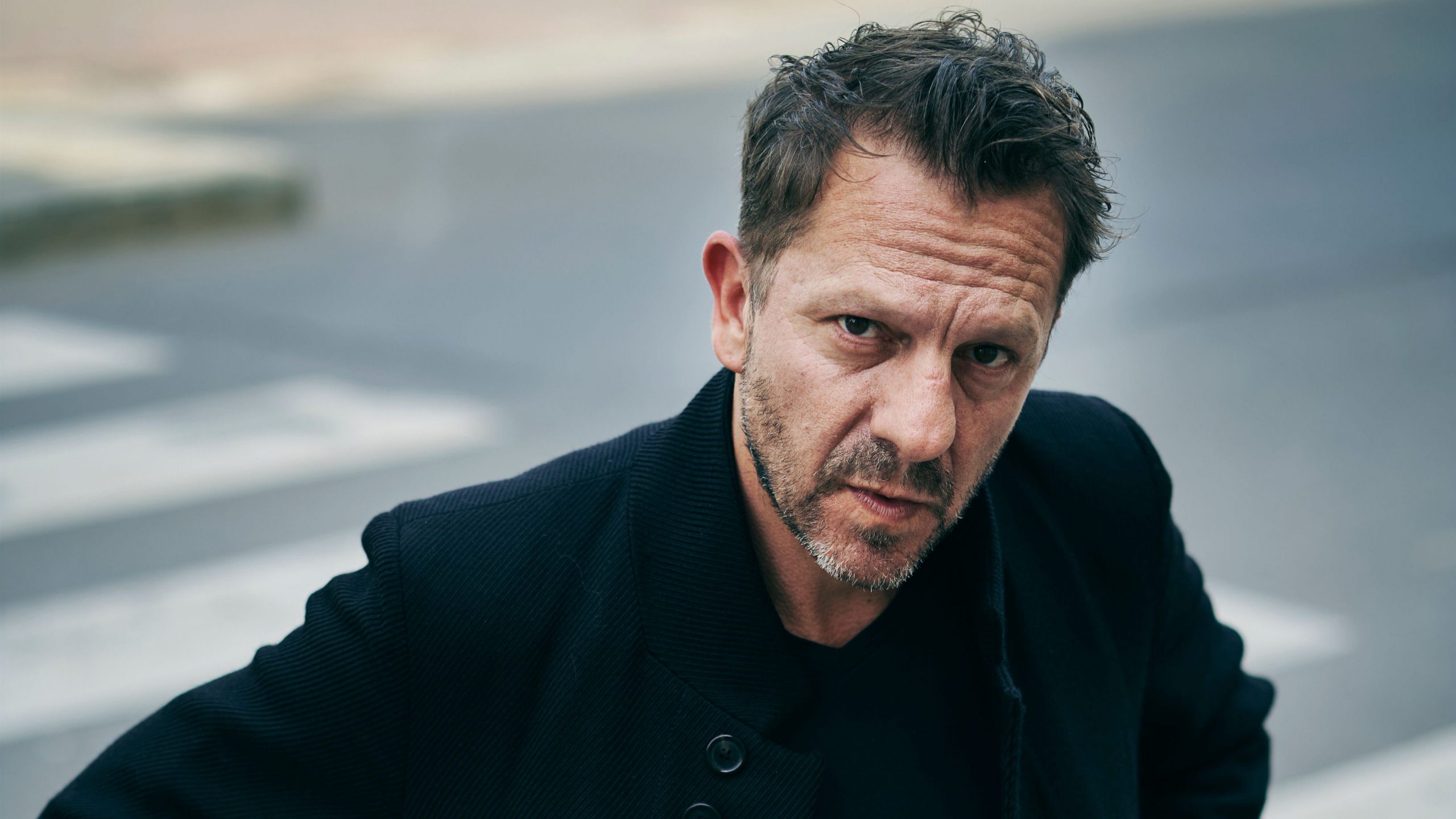
#ASK: Tom Barman
On Tuesday 17 May at 17.00, an exciting solo exhibition will open by the Belgian musician, director and photographer Tom Barman. The opening will also mark the official opening of...
Read more
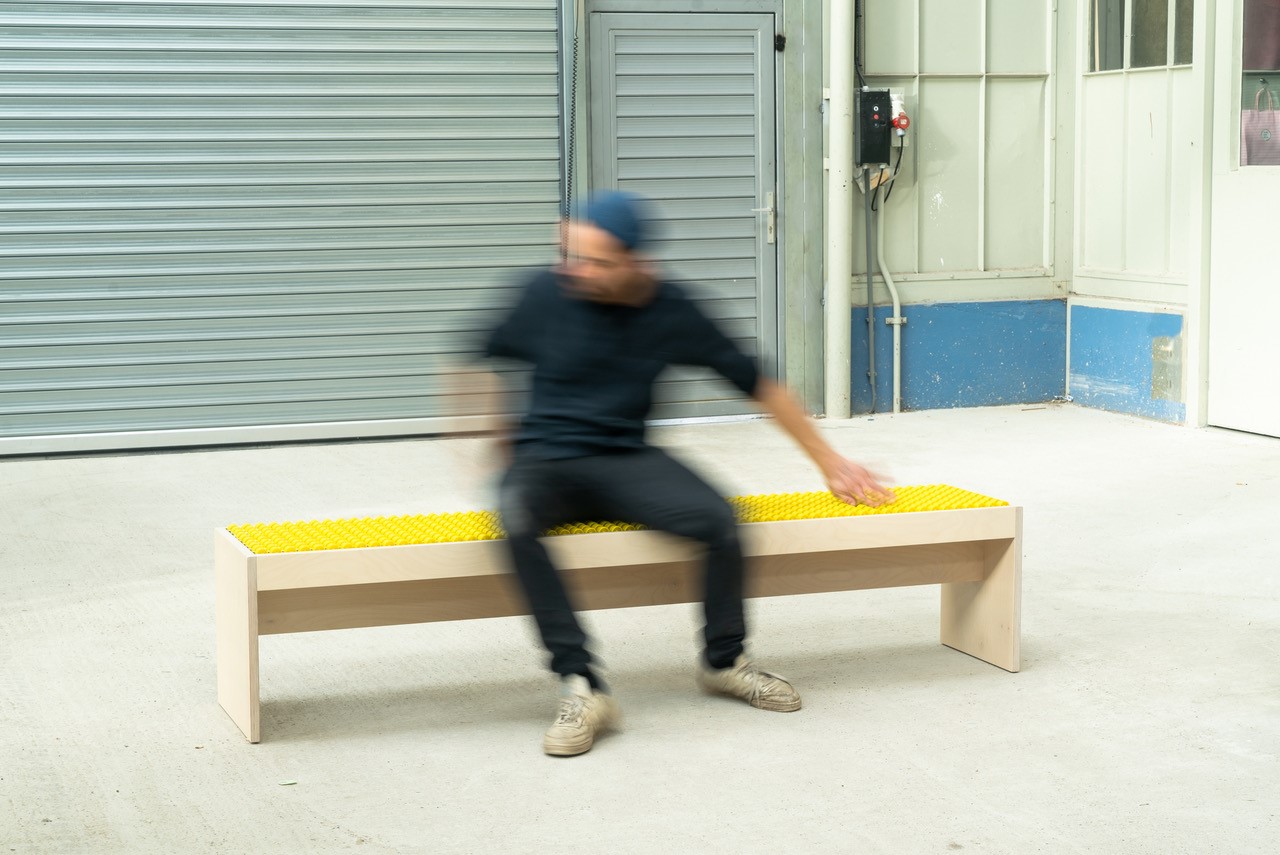
#ASK: Johannes Langkamp
You may have already spotted the innovative work of the German artist Johannes Langkamp in the new exhibition 'Art is the Antidote' in Museum Voorlinden. Or in the new depot of Museum...
Read more
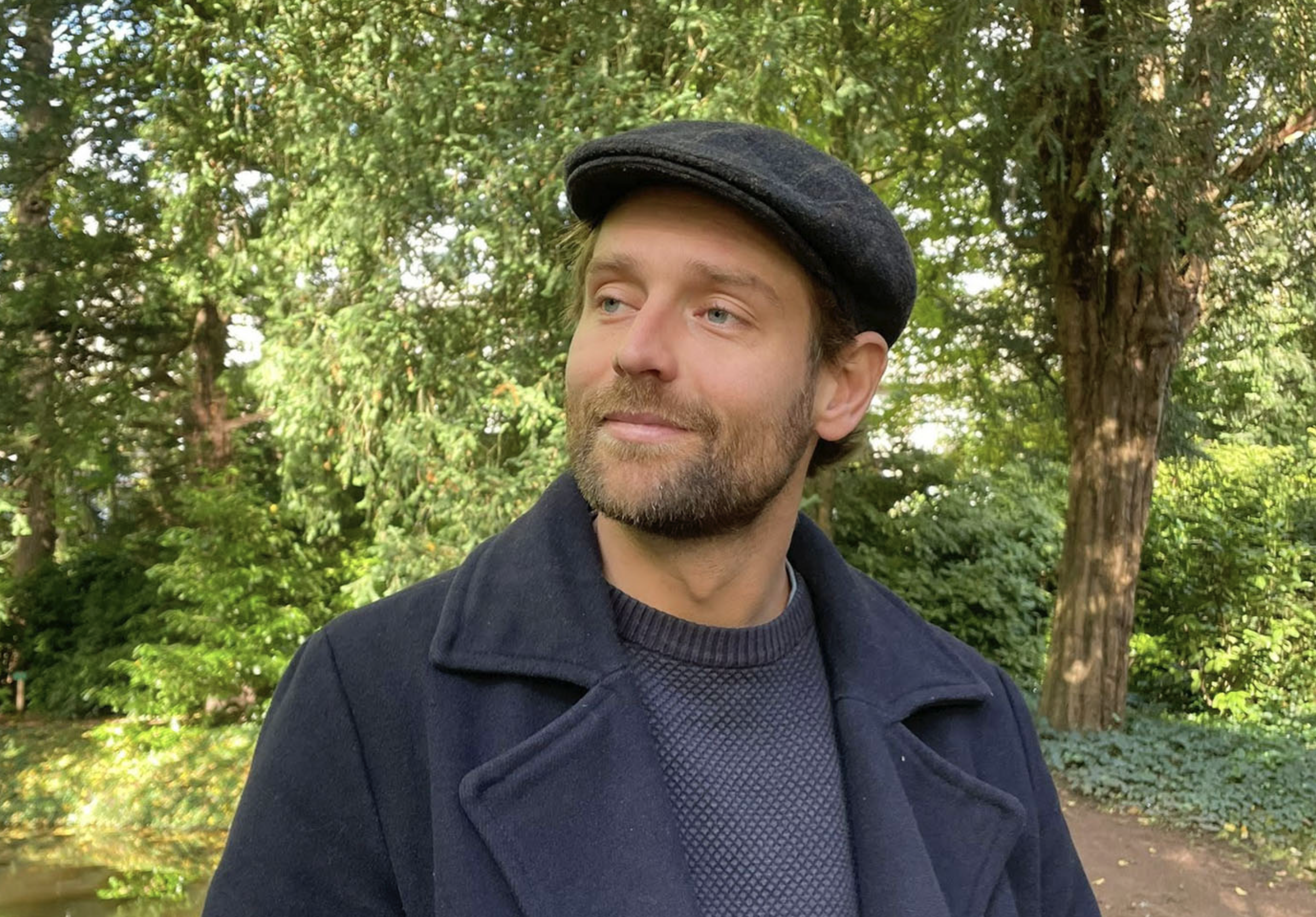
#Ask: Fela Donker of the Kunstenaarsbal
Are you ready for a unique party in which visual art, photography, performance, theatre, audiovisual art and music come together? At the Kunstenaarsbal in De Doelen you get a chance...
Read more

Featured: M4H during Rotterdam Art Week
During Rotterdam Art Week, you should definitely explore the dynamic Merwe Vierhavens area, which owes its name to the four ports that are located in this neighbourhood. Besides classics like...
Read more
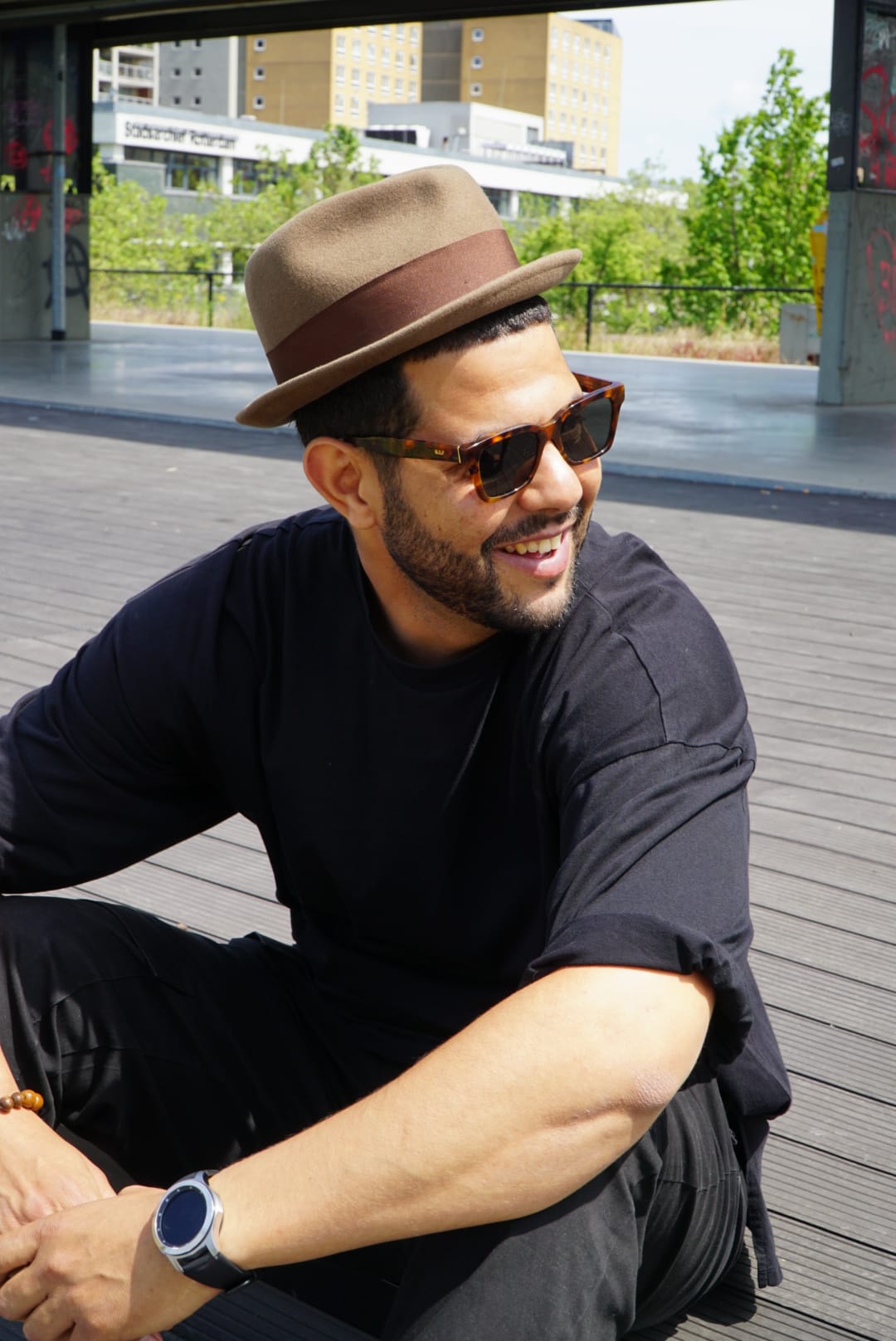
#ASK: Houcem Bellakoud
On 21 and 22 May, Unity in Diversity (UID) will present the Art Market, in...
Read more
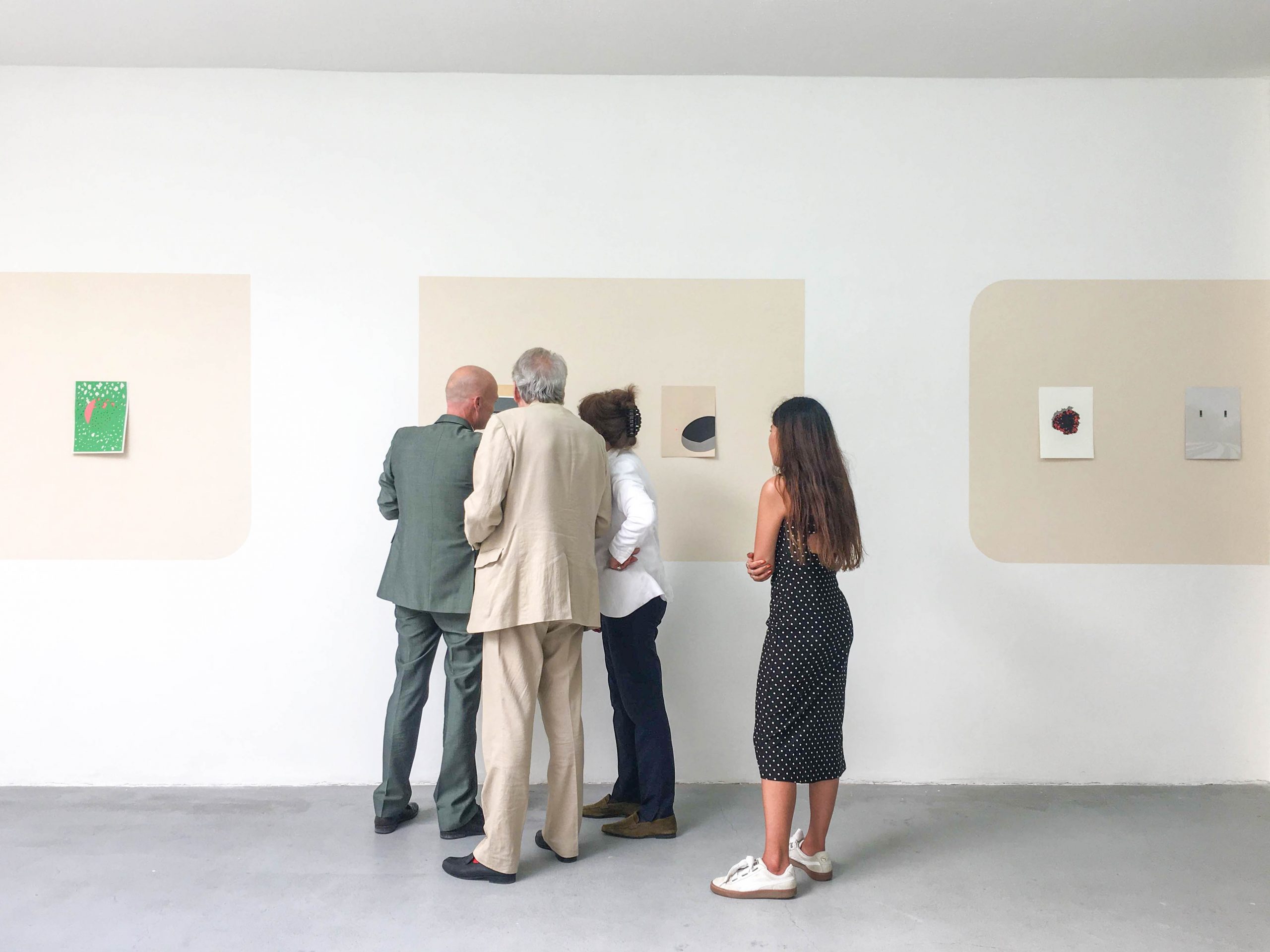
#ASK: Erika Vati from Art Index Rotterdam & tour partner Anne-Marie Ros
Of course, you two are insiders when it comes to art, culture and design in...
Read more




